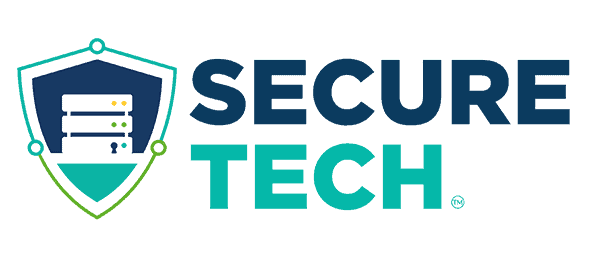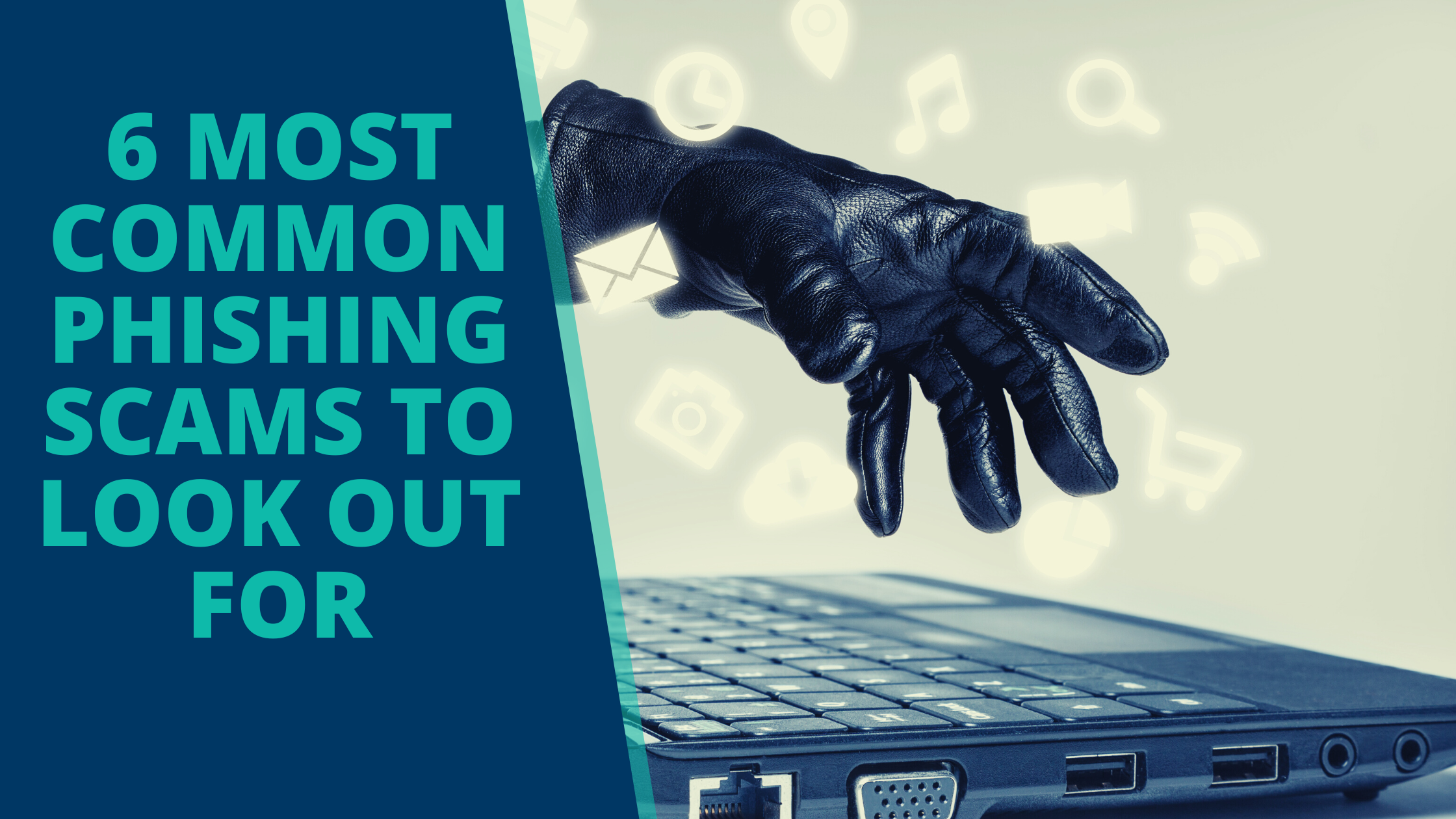One of the most popular methods cybercriminals use to steal information from people is phishing. Sadly, many people fall victim to this fraud because they don’t know what common phishing scams are about or understand how to detect them.
Fraudsters contact targeted victims via email, phone call, or text message, pretending to be someone from a reputable organization to trick them into disclosing their private information like passwords, banking and card information, login details, and personal identifiable information.
A fraudster with access to such personal details as your full name and address can put you at risk of identity theft or steal money from your account if they also have your bank account information.
According to the APWG’s Phishing Activity Trends Report, the first quarter of 2022 saw 1,025,968 phishing attacks, making it the worst quarter for phishing ever recorded. March 2022 alone recorded 384,291 attacks. The evolution of phishing scams has facilitated this.
Fraudsters now have many ways to commit mischievous acts to steal personal information or infect people’s gadgets.
To assist you in recognizing the warning indications of a scam, we’ll be looking at six of the most common phishing scams in this article.
Deceptive Phishing
Deceptive Phishing is one of the most common phishing attacks. The attacker tries to mimic email correspondence from a reputable brand to trick victims into providing their private information or login credentials.
To get people to act rapidly without checking, they frequently amplify the sense of urgency or include threats in the mail.
You can safeguard your company from falling victim by teaching employees to read the sender’s email address carefully rather than simply the sender’s name. Also, they should be on the lookout for generic greetings, wrong syntax, or spelling errors, which are frequent signs of deceptive phishing.
Spear Phishing
Spear Phishing is another common phishing scam. It is a targeted attack aimed at a person or a company. The fraudster usually creates a customized mail with the victim’s name, company, work number, and personal information to make the victims believe they are from a reputable source.
They investigate the victim’s internet activity – social media posts or online trading activities – to get their personal information, thereby, making the mail look legitimate. Responding to such emails can lead to identity theft, spyware, credit card fraud, or even blackmail for the victims.
Organizations should regularly hold security awareness training for their employees that, among other things, caution against posting private or confidential information on social media. In addition, businesses should also spend money on tools that scan incoming emails for harmful links or attachments.
Vishing
Vishing which refers to Voice Phishing is a form of Voice over IP attack (VoIP). The attacker sets up a Voice over Internet Protocol (VoIP) server to impersonate reputable companies, then calls the victims while creating a sense of urgency to make them divulge confidential or financial information.
Employees should never hand out personal information over the phone and avoid answering calls from unfamiliar numbers.
Smishing
SMS Phishing is also similar to Vishing but in the form of text messages. Scammers send malicious text messages to deceive victims into clicking on links that redirect them to websites that can steal their personal information or trigger the automatic download of malware into their devices.
Employees should avoid clicking links in unknown text messages.
Whaling / CEO Fraud
Whaling and CEO Fraud are forms of Business Email Compromise (BEC) scams. In the case of Whaling, the fraudster targets the executives in the organization, like the CEOs, CFOs, or COOs, to obtain private information like login details.
When this attempt is successful, the attacker can exploit the stolen details to authorize fraudulent money transfers to their desired institution, or gain access to employees’ information, and manipulate them into sending sensitive information or doing a favor while pretending to be an executive.
Organizations should ensure that all employees, including the executives, participate in security awareness training. Also, multi-factor authentication (MFA) channels should be integrated into financial authorization procedures.
Pharming
Pharming is a more sophisticated phishing attack where the victim is redirected to the scammer’s preferred website.
The scammer uses Domain Name System (DNS) cache poisoning to change the IP address associated with a website name. Employees should only use HTTPS encrypted and secured websites when inputting personal information as this is the strongest defense against pharming.

